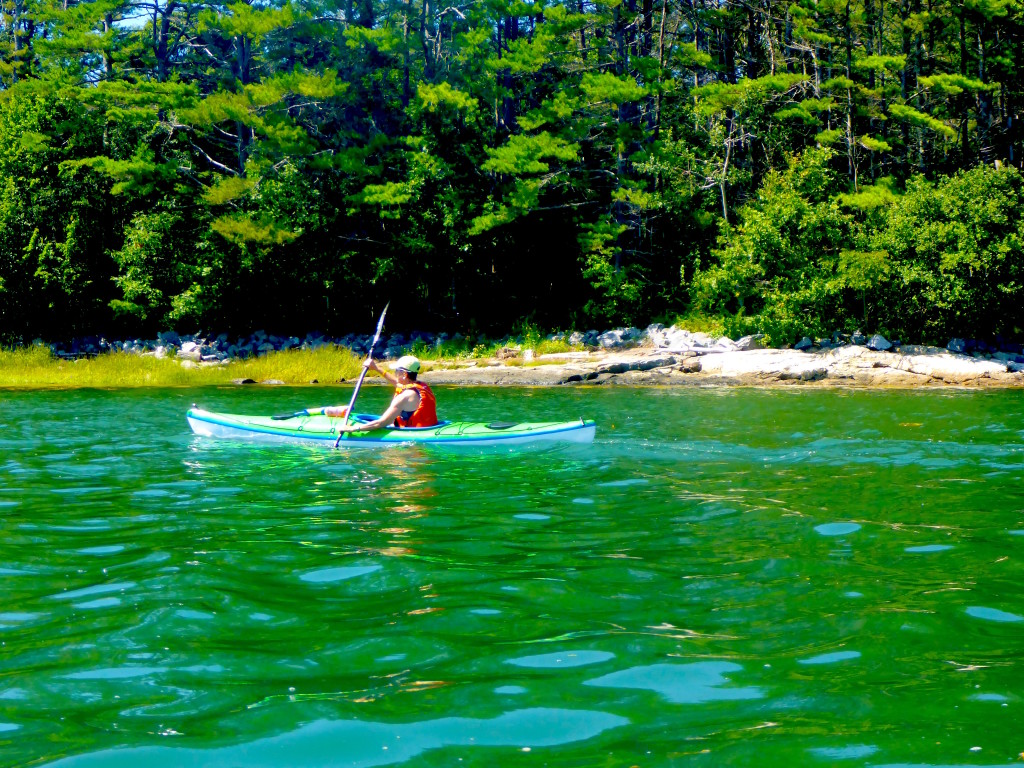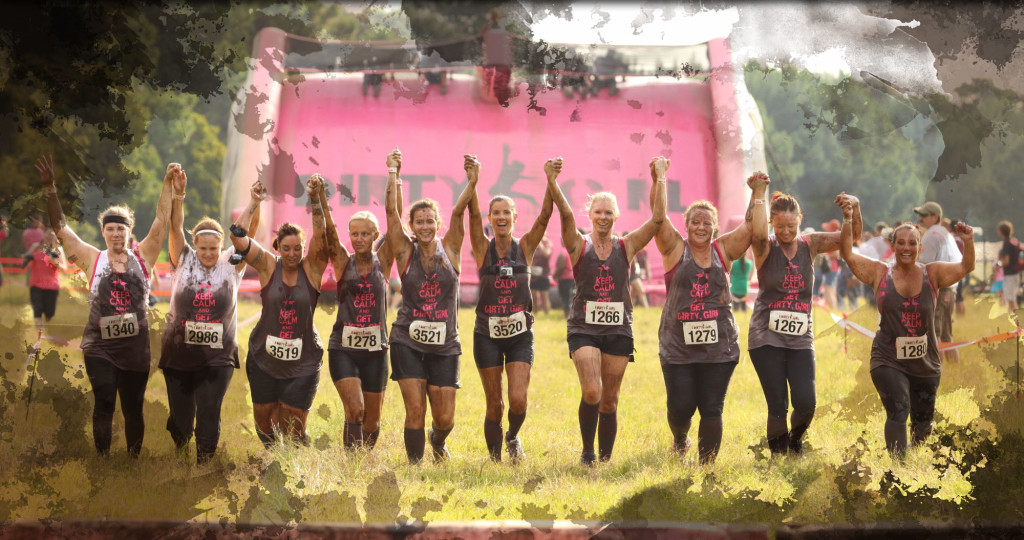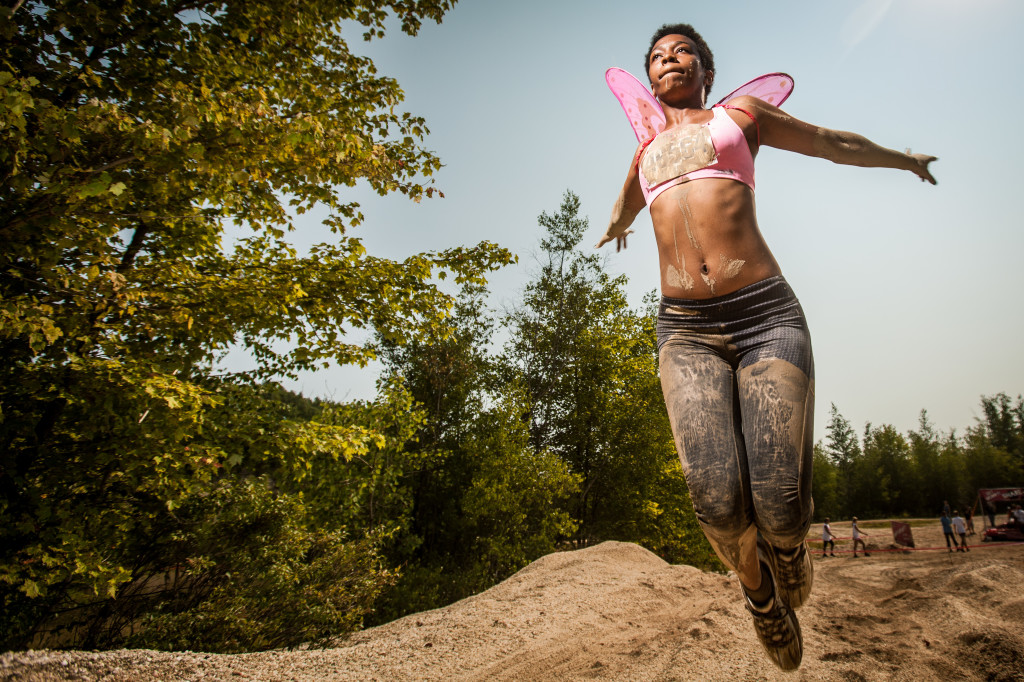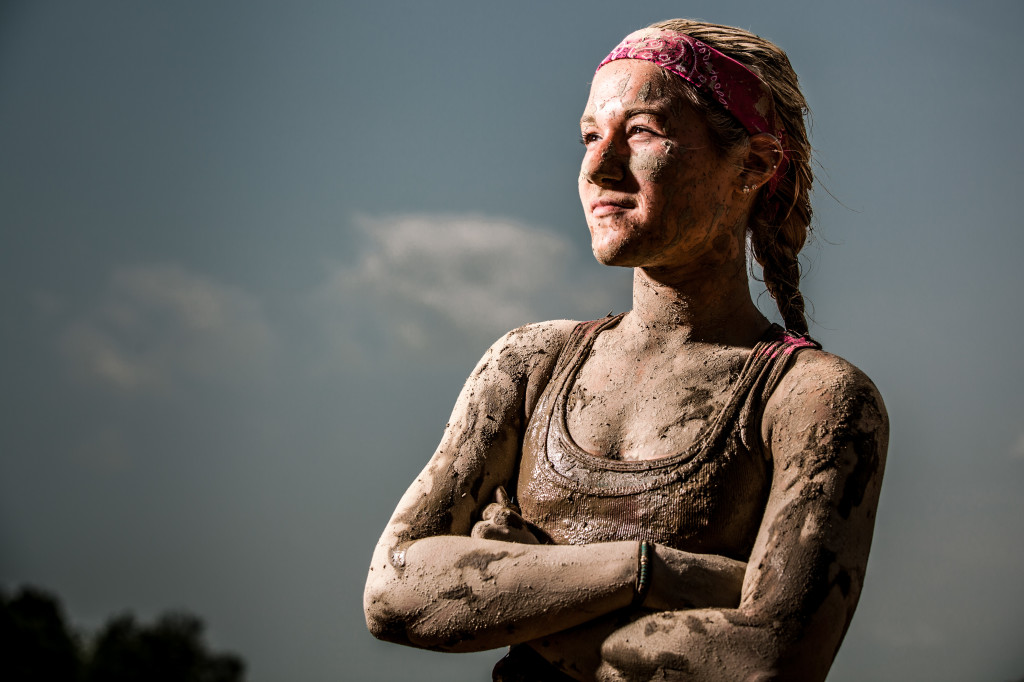Girls on the Run Vermont, a piece of the national pie, is an organization that, through cooperative effort, teamed energies, and plenty of activity, promotes and sustains budding confidence, awareness and individuality for girls.
When RUN = FUN
Girls on the Run, Vermont, Culminates Another Year
Submitted by Linda Freeman for 6-14-2015
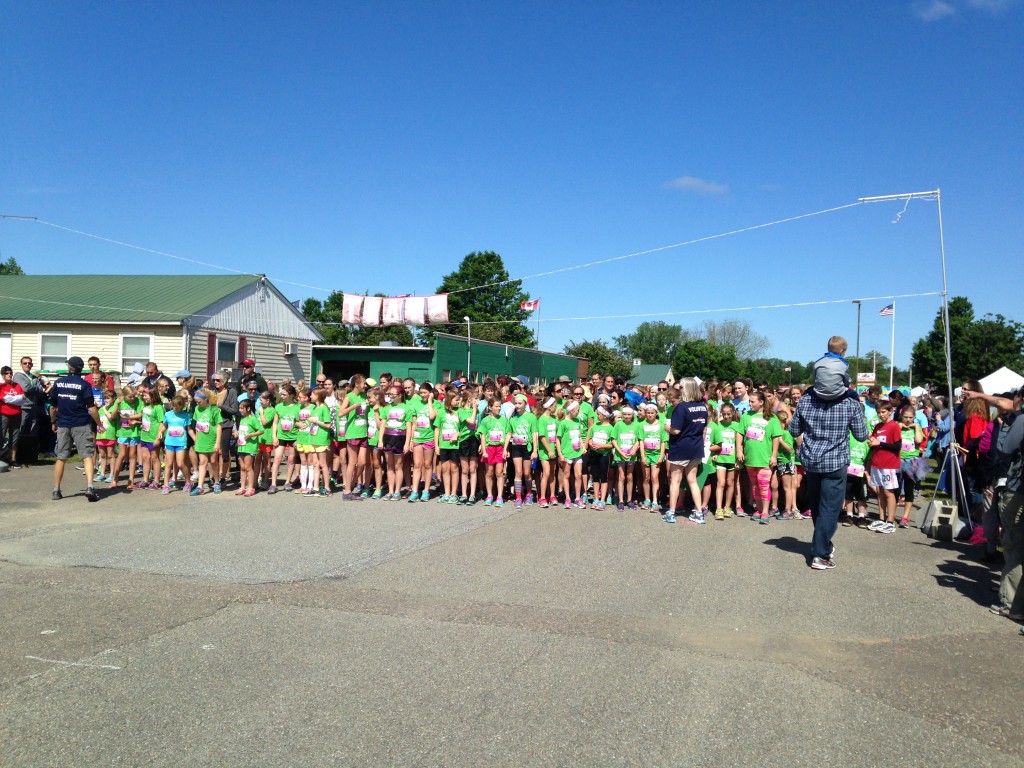
At the Start 2015
ACTIVE VERMONT
In a small café in Randolph, in the spring of 2011, I met Nancy Heydinger, Executive Director of Girls on the Run Vermont. The coffee was good, our connection was warm and immediate, and I left with full admiration for Heydinger and her mission, to make Girls o the Run (GOTR) available to every girl in Vermont.
Four years ago Heydinger said: “As a coach, runner and mother, I was drawn to the way GOTR builds girls’ confidence and also how it helps them become physically and emotionally strong. The curriculum emphasizes values of health and self-awareness, the message is to teach the girls to feel strong and proud of who they are, unique and beautiful, inside and out.”
Fast-forward to Saturday, June 6, 2015. My fourth grader and I pulled onto the Essex Fair Grounds parking lot and claimed a slot in the first row. We were eager to get on with our day. Soon it was apparent that the prediction of 2000 girls and 3000 family and supporters was conservative.
This was the GOTR year-end 5K event, the grand finale, of a 3-month GOTR season, drawing participants from schools throughout central and northern Vermont. It was designed for fun, and fun it was. Cool and breezy didn’t matter; pre-run activities heated up quickly.
The place was popping with color, laughter, nerves, costumes, face painting, hair streaking, warm ups, cheers, high 5s, music, photo ops and so much expended energy one wondered if there would be enough left to lap the grounds twice for a total of 3.1 miles.
By the time the 1700+ girls along with many more registered supporters lined up for four wave starts, the mass of tutus, feathers and decorated skin on faces, arms and legs, looked like a moving circus about to parade through town.
And then the parade began. Actually, some of the participants ran fast with the first few clocking in around 23 minutes. But this event was not about fast. It was about finish. It was about running and/or walking with a buddy. It was about cheering and hugging and crying and going back at the end to welcome friends across the line.
Halfway around I saw my girl and her buddy taking a walking break. I called out their names with a “looking good” and off they went again, perhaps wanting to prove my point.
Watching, I wanted to take in every detail of the mass and freeze the memory. There were girls with their families and friends from every imaginable background and of every size, shape, socio-economic level and ethnicity. It was a feast for the eyes, food for the soul.
As we drove away to stop for a celebratory bagel, I asked my fourth grader if all the girls in her school group participated. “Yes,” she said. “In the beginning some of them could hardly run at all, but everyone finished. It didn’t matter whether they walked or ran, but what mattered was that we helped each other. And that we had fun.” And there you have it.
What is GOTR?
GOTR was first organized in 1996 in Charlotte, NC. and is currently a national organization with national partners. Girls on the Run Vermont took first steps in 1999. Now, June 2015, Heydinger’s vision has escalated to a statewide organization of over 3100 girls from 144 schools and 825 volunteer coaches.
Annie Guyon, Director of Marketing, Communications and Development, credits Blue Cross Blue Shield of Vermont, state-wide program sponsor, for “substantial financial contributions that support the program itself, the entire program.”
(Note that BCBSVT also supports Velocity, a similar program for boys. For more information see http://www.bcbsvt.com/velocity.)
Other sponsors step up to help out with additional costs such as Peoples United Bank that sponsored the Essex 5k event.
Somewhere in the United States this year, one young girl was the one millionth to have participated in the GOTR program. The national goal is two million by 2020. That’s a lot of girls.
Here are the basics. GOTR is about more, much more, than running. It is a three-month long after-school program that meets twice weekly and is coached by a trained leader and assistants who follow a carefully developed curriculum that includes tools to address health and fitness, confidence through accomplishment and social skills to be used in everyday experiences faced by young girls in contemporary society. GOTR is about self-awareness and understanding, about relationships and teamwork, about how to connect with each other and the community and world in which they live.
There is a small fee, but scholarships are available. Fundraising helps to support these scholarships.
At the end of the program, each region hosts a 5k event: Brattleboro on 5-16-2015, Rutland on 5-30-2015 and Essex on 6-6-2015.
Of this year’s 5ks, Heydinger said: “Our three 5k events were fantastic and continue to grow. Our goals for these events are to provide the girls with a joyful lifetime experience in a fun, festive and non-competitive environment, an opportunity to be successful in the goals that they set for themselves at the beginning of the season … to complete a 5k run/walk.”
Following the Rutland event, Guyon said: “Today’s Rutland 5k was amazing, where over 950 girls came to celebrate their limitless potential, their confidence, their uniqueness and their inner and outer strength. It was spectacular, with beautiful balmy weather, lots of smiling faces and amazing achievements, with all the girls finishing strong—and beaming.” (Rutland’s Presenting Sponsor was Rutland Regional Medical Center.)
“Crossing the finish line is a defining moment when the girls realized that even the seemingly impossible is possible.” (www.girlsontherun.org)
What happens after the finish line? GOTR is available to girls in grades 3-5. Girls then move on to Girls on Track, their sister middle school program for grades 6-8. Soon, GOT, restructured, will morph into Heart & Soul.
For detailed discussions on each program as well as contact information and ways in which to support or participate, go (run or walk is ok) to www.girlsontherunvermont.org or www.girlsotherun.org.
MAKE IT FUN
For years, as a single mom with two kids, I drove a truck decorated with the Ben & Jerry’s blue and white bumper sticker that proposed “If it isn’t fun, why do it?” (I can’t remember the exact words. I also had “NO FEAR” pasted across the top of the windshield so you can guess the era.)
Later I learned that the quote, “If it ain’t fun don’t do it,” is attributed to Jack Canfield, the originator of the Chicken Soup for the Soul® series.
Now I tweak the original saying. Fun is an often underestimated part of the fitness equation and must be both considered and honored. Why? If the fitness activity you pursue isn’t fun, that activity will gradually disappear from your daily schedule.
If it isn’t fun, then find other pursuits, other ways to include activity in copious amounts in your personal and corporate life.
Perhaps a better way to say it might be, if it isn’t fun, MAKE it so. This was my take-home message from last weekend.
Quickly, when I say the word “run” what’s the first thing that comes to mind? For many it is merely a grunt or an “ugh.” Run does not always equate fun. Change one letter and you’ve got it. Change parts of the process and you’ve got it as well.
Make a run, walk, hike, ride, strength training session, even laps or an elliptical fun by adding quirky, amusing or light-hearted pieces. Be creative. Join friends for a start, tell stories along the way, wear something funky, plot coffee or a beer for later, even a bribe works, but make it fun.
Then, just maybe, you’ll find yourself in the habit of exercise, a habit that you should not break and might not want to.
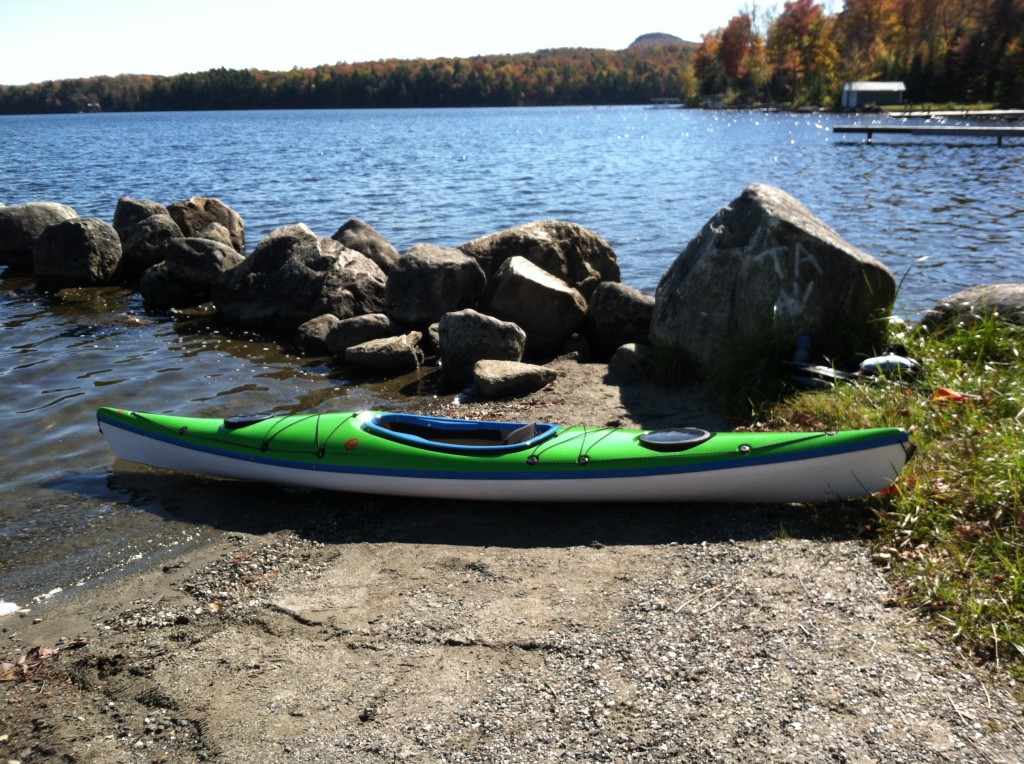 As I segued from equestrian sports to skiing and, when single-parent finances dictated, to running, it never occurred to me to try a water sport. Then came surgery that stole my running shoes. So if I was to be permanently grounded, I’d try water.
As I segued from equestrian sports to skiing and, when single-parent finances dictated, to running, it never occurred to me to try a water sport. Then came surgery that stole my running shoes. So if I was to be permanently grounded, I’d try water.
